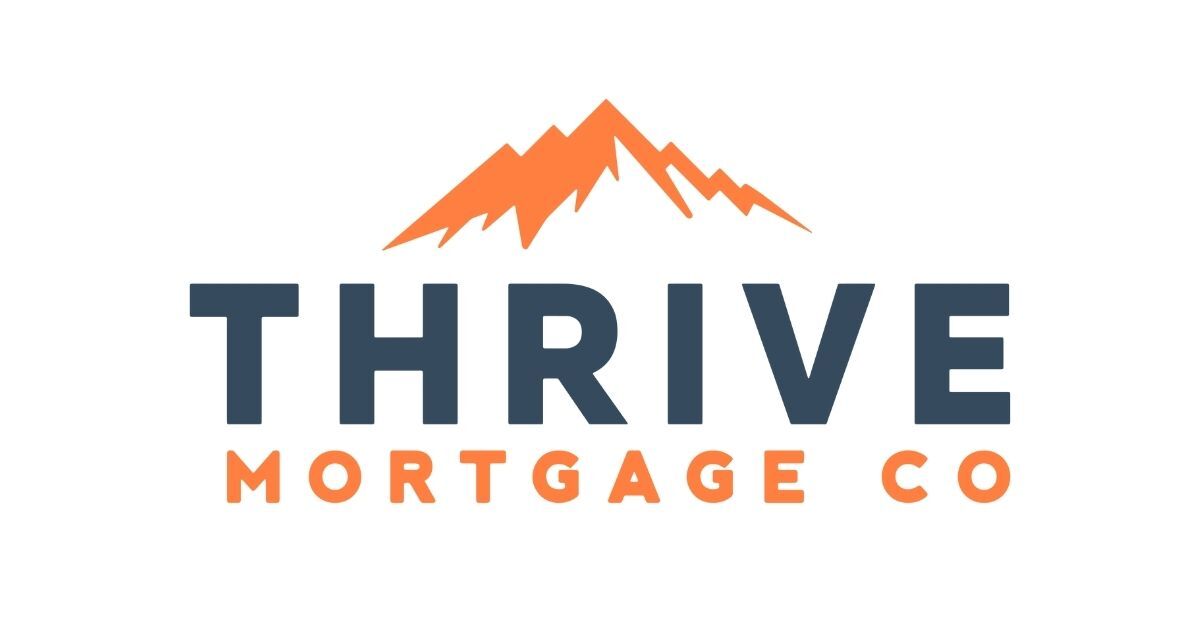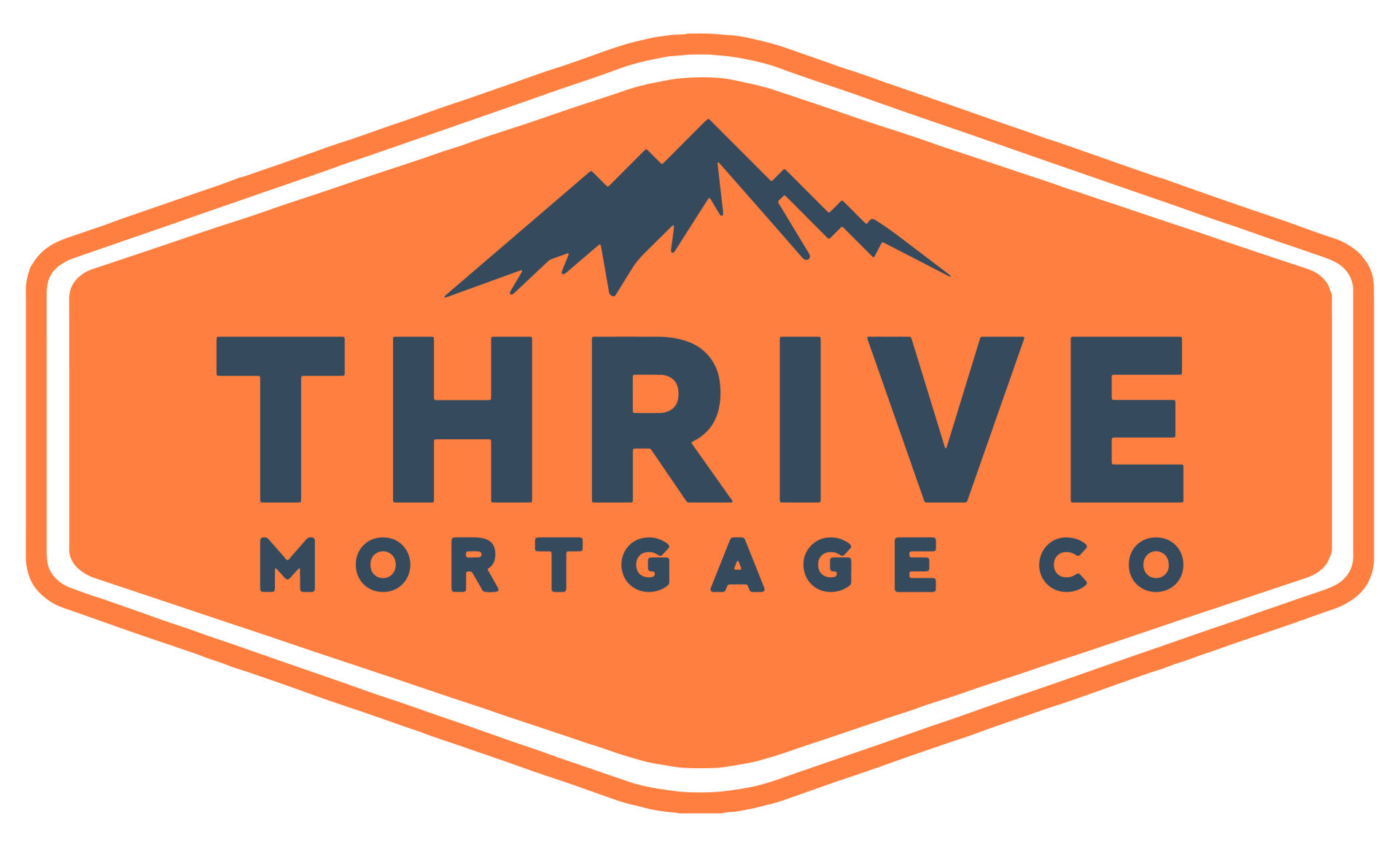Building a Home Financing
How to finance the custom home you intend to build.
Are you looking to build your own home?
This is everything you’ll need to understand about financing your new home.
If you’re planning to build a custom home or to have one built for you, you probably know that the process can be complicated.
However, getting a mortgage for a new build doesn’t need to be complicated. There are several financing solutions out there specifically for custom homes.
So, how should you finance your new custom built home?
There are three main categories of construction financing; Buying a property that has recently been built, building a new property yourself, or getting a contractor to build one for you.
At Thrive Mortgage Co, our mortgage specialists will work with you to find the right financing solutions for your new home. We’ll help you to understand the various options and choose the best one for your specific requirements.
Click
here to begin, or take a look at our construction mortgage guide below.

